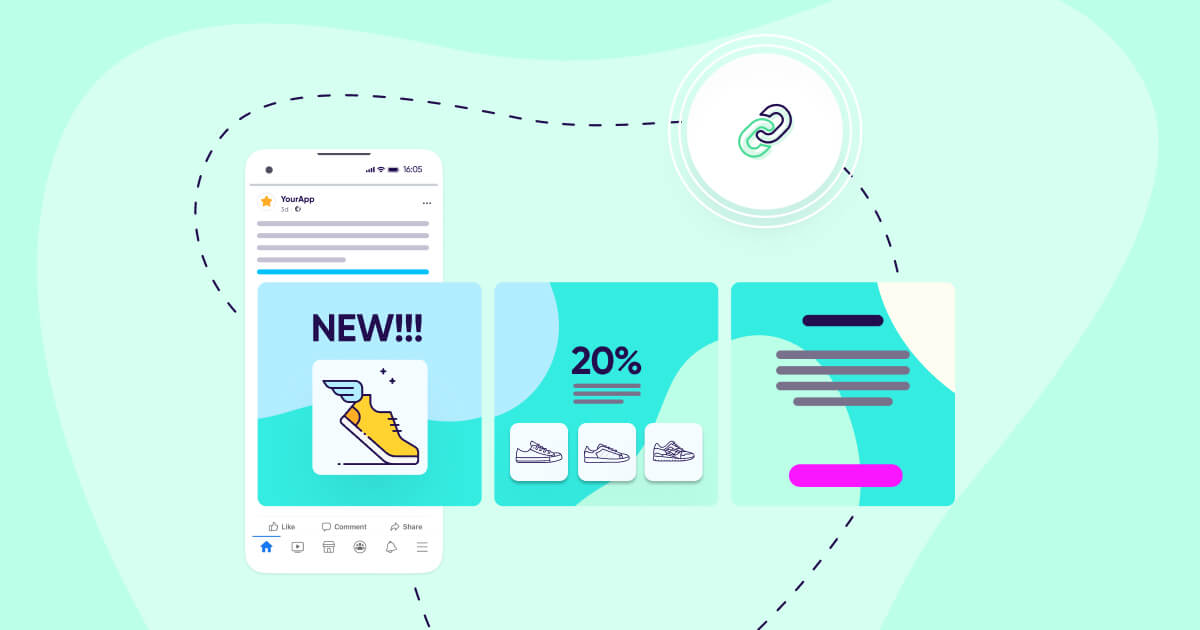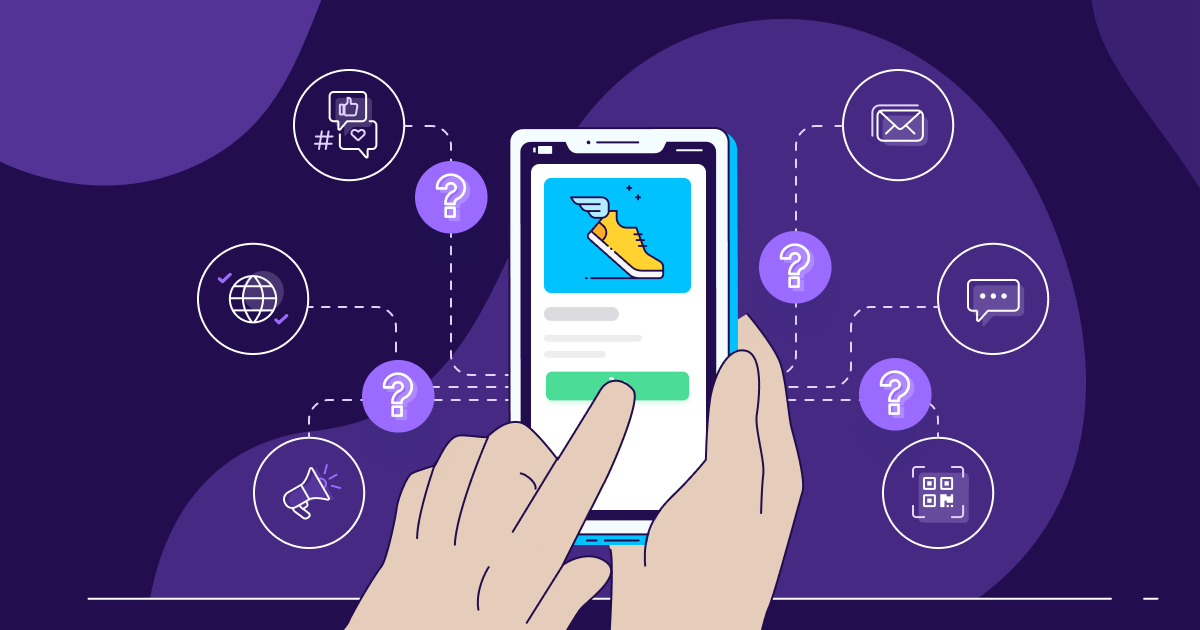
The web campaign-to-app opportunity
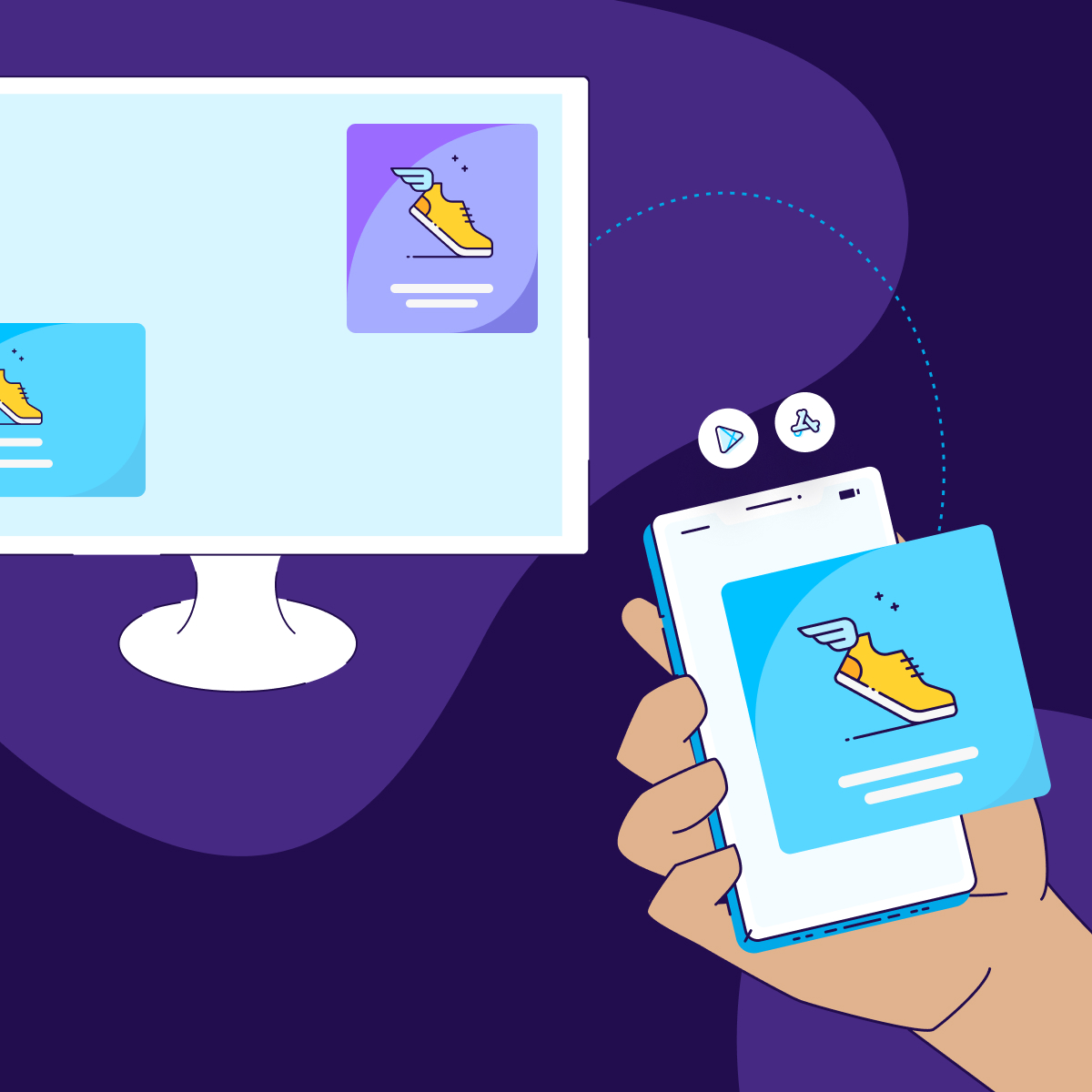

Ten years ago, when I first started using a smartphone, I installed many apps, and like most people, I was fairly receptive to new apps as well as app install ads.
Today, though, as the number of apps on our devices increases and our attention span decreases, the threshold for installing a new app is much higher than ever before.
“Savvier users seeking information on an item, product, service, TV show, vacation, or promotion featured in an ad may find being rerouted to an app store disorienting or frustrating.”
An ad sending users directly to an app store to install an app works well in developing regions, with first time users, and many other cases. However, savvier users seeking information on an item, product, service, TV show, vacation, or promotion featured in an ad may find being rerouted to an app store disorienting or frustrating.
In these more advanced app markets, brands should lean on their mobile websites to drive growth, particularly with savvy users.
Leveraging the web for growth
Great ad creatives and ad personalization are not enough anymore for advanced users.
These users need more reasons to install your app and actually remember to use it.
How can you create engagement and motivation to install an app, given that engagement with online ads is limited and your app store page is out of your control?
One great solution is web campaign-to-app.
“Great ad creatives and ad personalization are not enough anymore for advanced users. These users need more reasons to install your app and actually remember to use it.”
We’ve always been big believers in the web.
That’s why we’ve invested in web-related products and features like OneLink deep linking and deferred deep linking, Smart Banners, and People-Based Attribution and launched our free-for-life package, Zero, as part of AppsFlyer’s Zero Budget Marketing initiative to help app developers leverage owned media, especially web, for growth.
Unlimited, untapped opportunities
How can mobile web drive growth and engagement?
Landing users on your mobile website opens unlimited possibilities for you to engage with users in different ways. In addition, if the user is a repeat visitor, you may have information about them based on past visits to your website. Since the website is yours, there are so many untapped opportunities.
You can, for example:
- Create personalized experiences, enabling users to explore your service, product, or game on your website and/or app landing page.
- Create a personalized promotion for a user to complete a transaction in the app, by leveraging OneLink’s deferred deep linking.
- Leverage AppsFlyer’s Smart Banners to direct users to an app store, allowing them to install the app, or open it if it’s already installed, at the moment that best suits them.
Some may claim that this funnel is longer, requiring at least one more click and a “detour” through a website.
That’s right – it might look longer, but in fact, for more advanced, goal-oriented users, it is a much more effective funnel for increasing conversion rates and overall ROI.
High-intent customers need compelling reasons to install your app, and these reasons should come sooner in the funnel. How about delighting them right after they click on an ad with information about the desired product or service and avoiding the possible friction of the app store install page?
That’s exactly where web campaign-to-app can help you.
Web campaign-to-app use cases
What would a web campaign-to-app funnel look like?
The flow below shows only one of an endless number of examples:
- A user clicks on a web ad, in-app promotion, or search ad and is directed to the advertiser’s mobile website
- The advertiser can engage and promote specials in various ways, for example:
- Display a customized Smart Banner incentivizing users to install the app and enjoy an additional $10 discount on the shoes featured in the web ad.
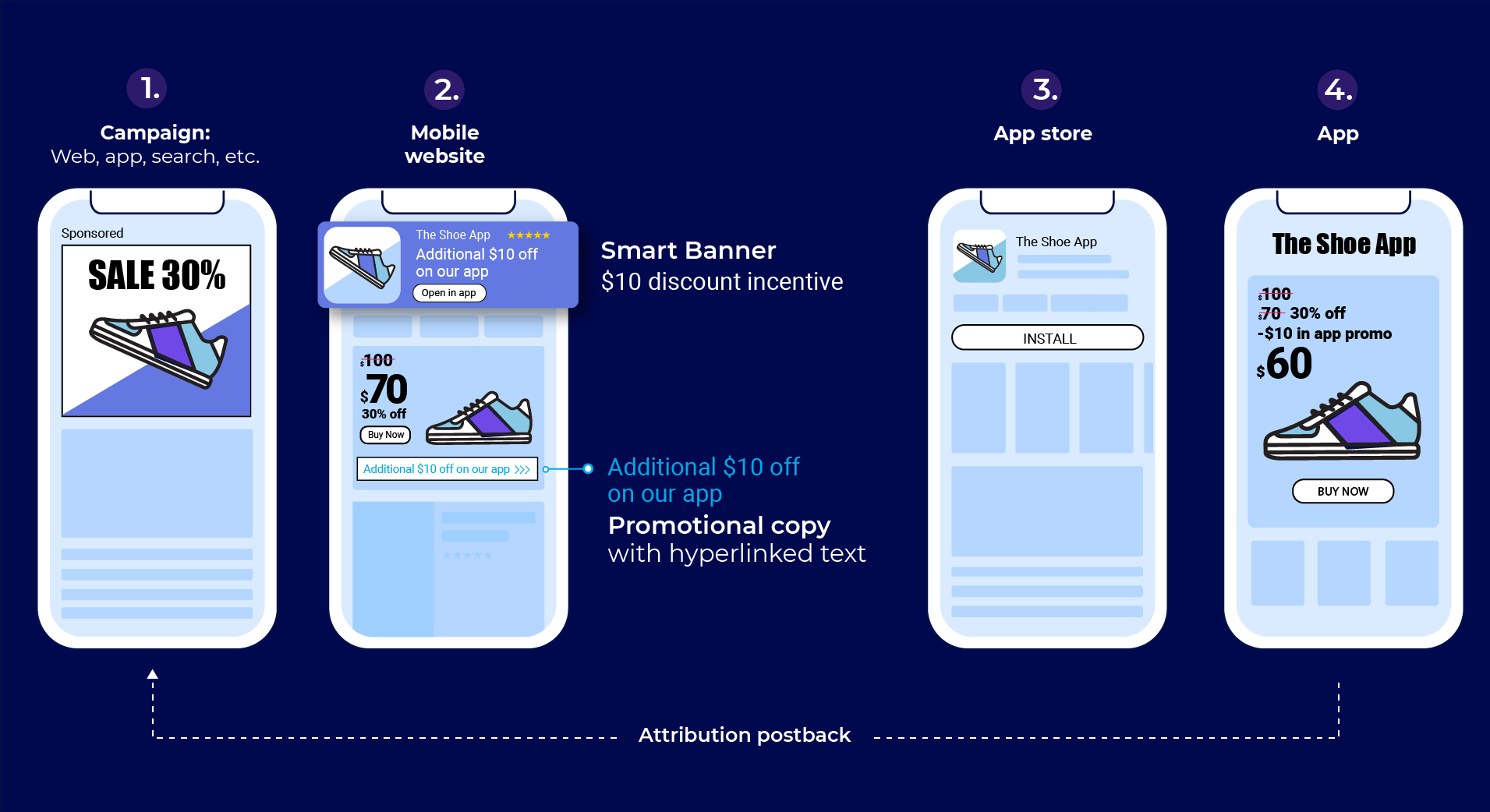
- Provide promotional content on the page to engage and educate, and include an incentive in hyperlinked text or a CTA button with a deep link behind it.
- Display a customized Smart Banner incentivizing users to install the app and enjoy an additional $10 discount on the shoes featured in the web ad.
- The user clicks on the Smart Banner or hyperlinked text and is brought to an app store to install the app or goes straight to step 4 if the app is already installed.
- After installing and opening the app, the user reaches the right in-app content, in the context of the promotion, and the media source is attributed.
Another important use case worth mentioning is search engine marketing (SEM) which allows brands to bid on long-tail, high-intent keywords, at a lower cost.
We see the SEM use case as an especially significant source for app growth going forward.
So what’s new here?
You may be asking yourself: why do we think web campaign-to-app is such a big deal?
For the first time, your media partners will be able to launch a campaign with your website – not an app store page – as the destination.
More significantly, your partners will get credited for installs and down-funnel conversions based on the configured lookback window, while you can bypass app store platform fees.
Why now?
Based on our data, web engagement has been underutilized to date. In addition, we believe that iOS 14 will push the market to look for new ways to engage with its users.
Now is the time to connect the dots with web campaign-to-app and run paid campaigns to drive traffic to your own website and landing pages; create a new web engagement funnel; and acquire loyal app users.
From a privacy perspective, because the journey includes ad networks and/or owned digital properties, IDFA does not need to be collected for attribution purposes and first-party data can be leveraged to optimize the experience.
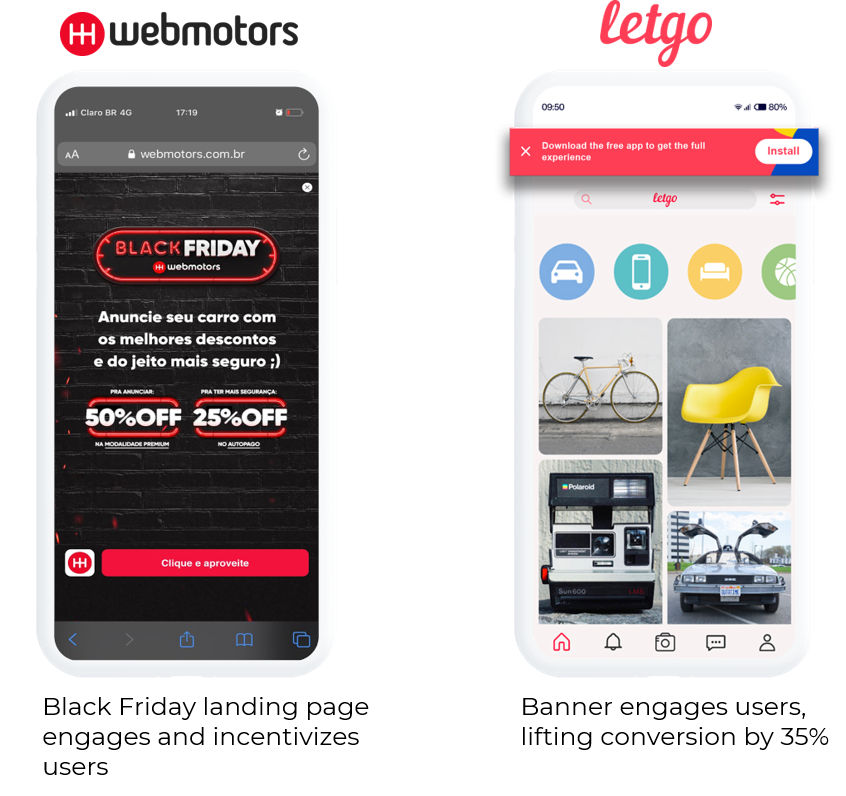
We’re not the only ones excited by the web campaign-to-app opportunity.
We continue to be inspired by some of our customers already leveraging these tools in innovative ways. Some have created promotions focused on in-app conversion while others have deepened engagement with their website visitors.
Implementing web campaign-to-app
Executing on the web-to-app opportunity is not only powerful and compelling, it’s simple.
Advertisers need only to carry out the following steps:
- Implement the AppsFlyer web SDK
- Activate Smart Banners on web pages and/or landing pages
- In the AppsFlyer dashboard, define a redirect parameter in the partner integration area and enable the incoming attribution link parameters as the attribution source
- Update ad links with the ad partner(s)
You can learn more about setting up web campaign-to-app campaigns here.
To sum up
We continue to believe that the web offers growth opportunities and are very excited about the web campaign-to-app funnel which offers ample advantages:
- Users can engage with your services and products without needing to first install your app (of course, they’ll get to that later, at the right time).
- Advertisers can create personalized, optimized funnel experiences for users on their own websites with first-party data.
- Advertisers can drive in-app transactions by combining web promotions with powerful tools such as OneLink, deferred deep linking, and Smart Banners.
- Brands can convert higher intent, more engaged users, leading to optimized ROI.
- Advertisers can tap into efficient traffic sources such as a long tail, high-intent search keywords and down-funnel reengagement.
- Web campaign-to-app is fully aligned with Apple’s iOS 14 privacy guidelines.
Since June, we have urged colleagues, customers, and partners across our landscape to explore ways to optimize privacy and user experience and then introduced two specific pillars that we are building to make this happen: The next generation of privacy-centric attribution and our complete SKAdNetwork solution focused on maximizing its insights potential.
We are excited to introduce our third pillar which rounds out our approach to iOS 14.
We are extremely happy to open a window of innovation opportunities both for our customers and partners. We are also excited about the improved user experience this funnel presents to end-users.
Thanks to the web campaign-to-app funnel, users will have more reasons to install and ultimately use both your iOS and Android apps.



